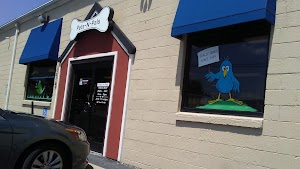Archive for November, 2021
-
Accessorizing Your Dog for the Holidays
Playing dress up with your pup can be so much more fun than you can imagine. This is because there’s such a wide range of clothes and accessories to explore. Jackets, shirts, bows, scarves, sweaters, leashes, tags, designer handbags! There’s so much that the ideas just keep flowing.
If you’re looking to dress your pup up and turn Ruby into a fashion icon, here are some pretty remarkable ways to go about this:
Matching Outfits
Do you think you have a pretty epic fashion sense? Then perhaps dressing your pup to match your outfit isn’t such a bad idea. This is definitely one that would turn heads.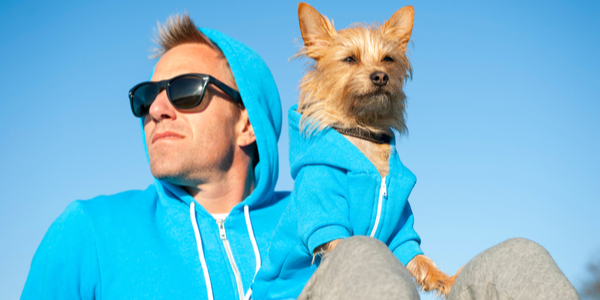
‘Cool’ Get-Ups
Sunglasses, bandanas, dog booties, floral shirts, bow ties, if dogs could vote, your pup would definitely cart away the top dresser of the year award. In addition, outfits and accessories like this look awesome in pictures!Matching Kids’ Bows and Dogs’ Bows
It’s not uncommon to see parents dress both pups and kids in matching bows. They’re both such sweet babies after all, and they do look absolutely adorable.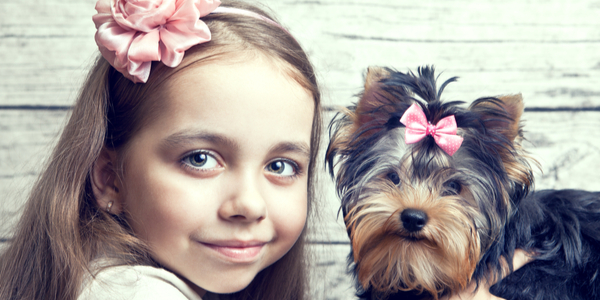
Designer and Blings!
Who says only humans get to wear designer clothing and expensive jewelry? You can get designer clothes and bags custom made for your fur baby. You could also take it a step further, investing in a nice necklace suitable for your pup.Jackets, Sweaters, and Scarves
Winter is coming! How best to keep your pup warm outdoors than by opting for clothing options that are practical, yet fashionableInvesting in some cuddly and fashion forward sweaters, jackets and scarves make for Ruby looking like an elegant lady.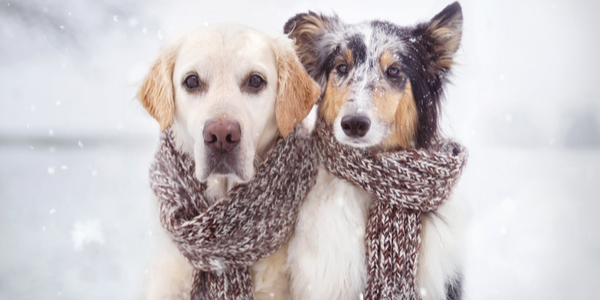
Beyond looking great, always ensure that your pup is totally comfortable in any outfit or accessories. This is primary.
-
Holiday Puppy Palooza: How to Convince Your Family to Get a Puppy
If you and your family are considering adopting a dog or getting a puppy this holiday season, we couldn’t be more excited for you! Dogs are some of the best companions and a testament to how magical unconditional love is.
Even with all the warm fuzzies you get from your pup, the messes and the midnight potty breaks can seem overwhelming at times. Plus, we know your vote probably isn’t the only one that counts if you share a home with other people.
There are lots of preconceived ideas about pet ownership. Whether you grew up with pets or not, you might have opinions and concerns about what it might be like to get a new four-legged family member and you’re not alone!
We’re here to help you figure out what breed is right for you and go over some of the most common reservations so that you can feel confident in your decision.
Keep reading for a list to help back-up your arguments in favor of getting a new fluff-ball of joy.
Let’s Start with the Basics
A simple list of why owning a dog is the best.
- Companionship and comfort
- Encourages a daily routine
- A source of positivity
- Demands a certain amount of exercise
- Endless humor (I mean the TikToks with dogs + voiceover get us through the work week – SO CUTE)
- Easily adaptable, dogs can adjust to moving homes or across states fairly easily
- Infectious energy
- Helps to fill out an aspect of life outside of work or family that isn’t easily replicated
- Long-standing commitment that fosters responsibility
- Boundless love
What Breed Is Best for You?
It’s imperative that you focus on the dog breed that aligns best with your lifestyle.
There are so many to choose from but it can be difficult to not be swayed by adorable little fuzzy faces, we get it. The daily routine each dog requires is a big part of what you’re signing up for and eventually the cuteness will not outweigh their needs. If you are extremely active, then couch-potato breeds like French Bulldogs are perhaps not the right choice.
Common Concerns
Shedding is a big concern for new potential pet parents. “What will it be like when my house is covered in dog hair?” Depending on the size and breed of dog you choose it could be much less of an issue than you think. Dogs with hair instead of fur only shed a fraction of the amount of their furry cousins. Even for the worst shedders, it goes through seasonal cycles and after a year or so of getting a routine down, you will have it mastered.
Behavior Issues are a potential worry, particularly for anyone who has had a less than friendly encounter with a dog before. Rest assured, there are lots of options for monitoring behavior and aggression in pets is usually easy to recognize and curb. There are options to adopt adult dogs whose temperaments are set and that will minimize any surprises along the way. You can also opt for a puppy of a notoriously friendly breed and take training classes so that you and your dog learn how to interact with other dogs of all backgrounds.
Budget. While you should ideally have a budget in mind for your pet’s initial cost, typical monthly expenses include food, waste bags, and toys, with things like vet bills, grooming, and boarding coming up various times through the year depending on your dog’s breed and the amount that you travel. If you’re concerned with establishing a realistic budget, definitely do your research and keep in mind that the AKC says the cost of dog ownership is roughly $121/month.
Considerations
Our main suggestion is that any barrier you may think stands between you and your furry friend is more easily dealt with than it might feel with proper research and training.
The only reason to avoid dog ownership is not wanting one! It’s always better to go with your gut and wait until absolutely sure before jumping into this exciting chapter.
We hope that if you’re considering adopting a pet to do your research and feel empowered to. And know that looking up how to be the best pet parent you can be is a great place to start!
Is it a labor of love? Yes, but surely beyond worth it.
-
Top 5 Small Breed Purebred Dogs of 2021
Most people see small breeds as big dogs in little bodies. Frankly, this is somewhat true for some. But there are other small breeds that enjoy calmer lifestyles.
Small breeds often get a bad reputation because of their personality. Yet, a lot of them make excellent pets for both individuals and families.
Not all small breeds develop the big-dog syndrome, particularly if they’re naturally happy and social dogs. There are a few small breeds that have amazing athleticism and are capable of running circles around big breeds.
If you’re searching for a small cute fur baby, here are 5 top small breeds you can consider:
Yorkshire Terrier
Despite having small bodies, Yorkshire Terriers have big personalities they aren’t afraid of showing off. Yorkies are brave and tend to stand up to almost everything they consider a threat and alert the household.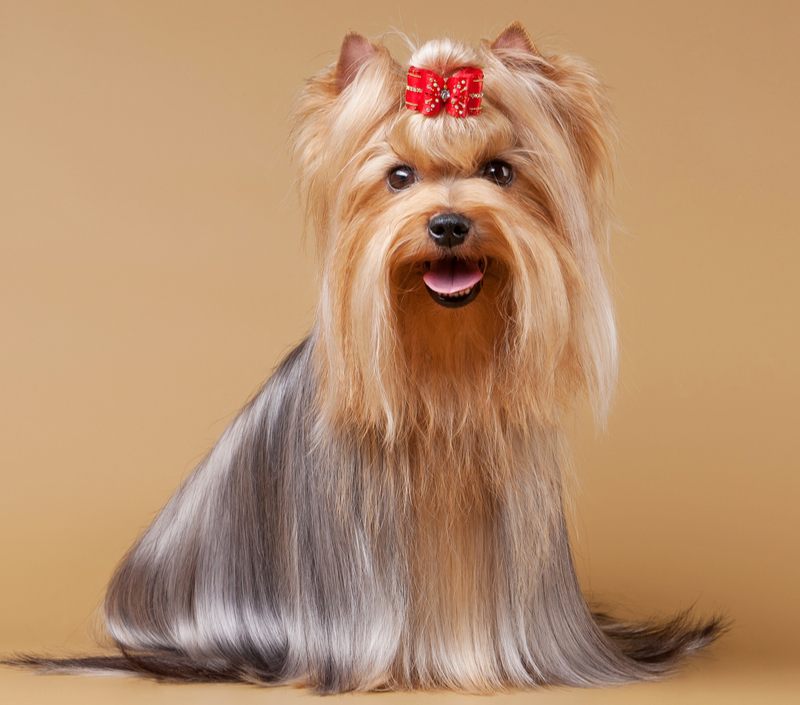
Shih Tzu
Shih-Tzus were originally bred as aristocratic companion dogs for royalty. There’s nothing they love more than being spoiled lapdogs.
They can be pretty stubborn, however, they’re quite easier to train than most other small breeds.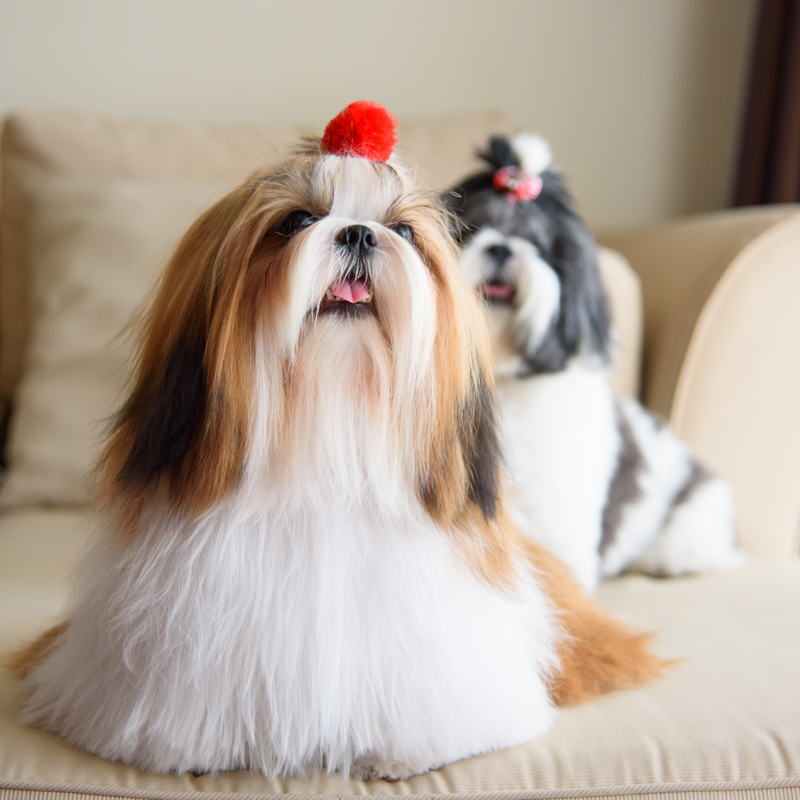
Dachshund
The Dachshund’s stumpy short legs and elongated bodies have earned them the name ‘wiener dogs’. Dachshunds can be very clever and smart dogs. But they’re stubborn and can be difficult to train.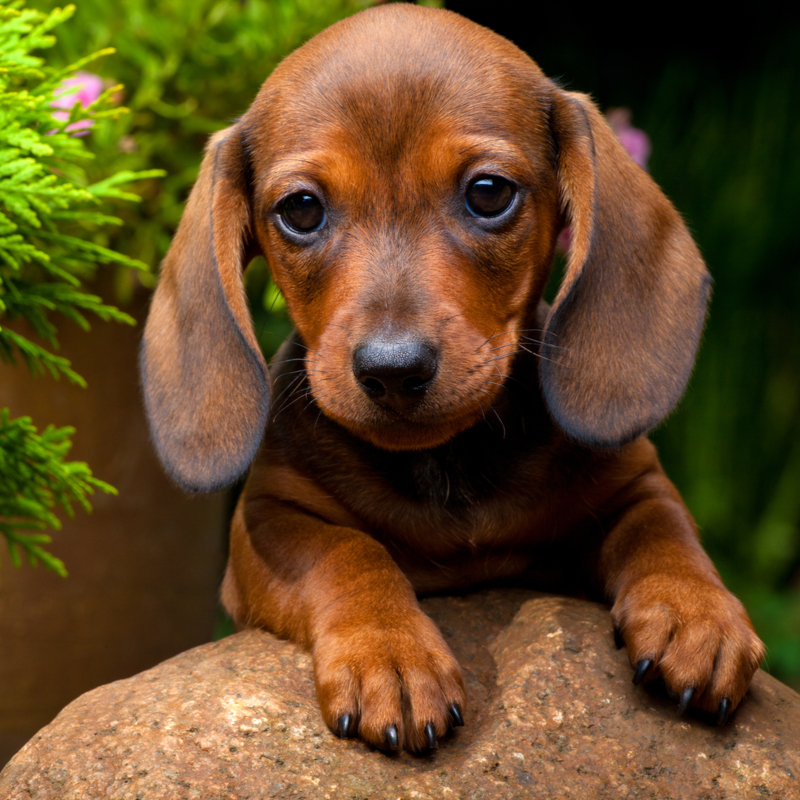
Chihuahua
Chihuahuas are the world’s smallest dog breed. They have become infamous for the fierce loyalty they show their owners. They can be pretty feisty too.
Chihuahuas can be excellent companions and great pets for individuals and families alike, but they have to be socialized frequently and early to prevent territorial aggression.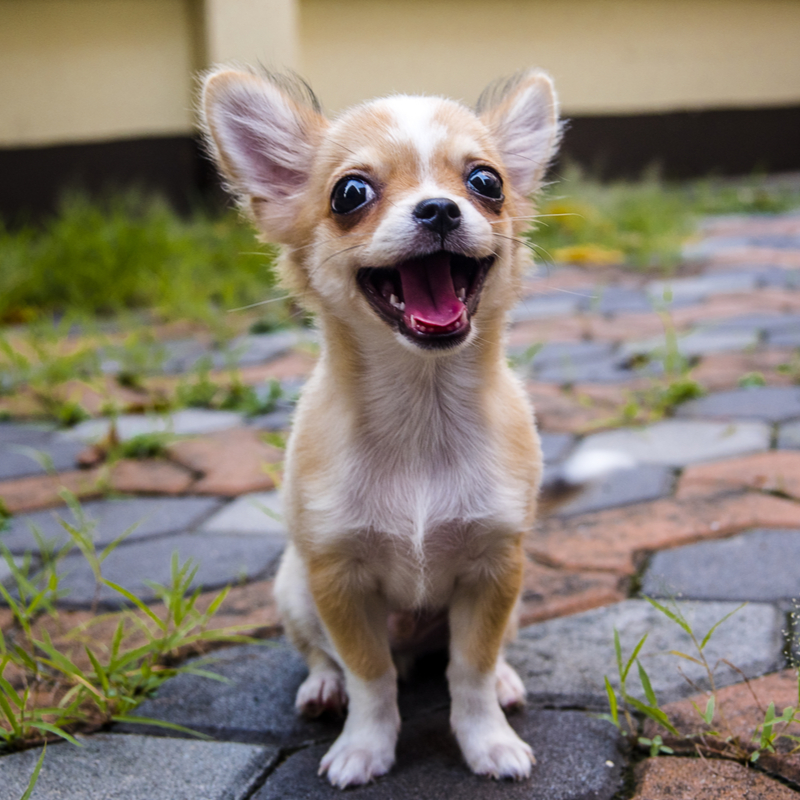
Pomeranian
There are only a handful of dogs that are more recognizable than Pomeranians. Poms are famous for their spirited personalities and fluffy coats.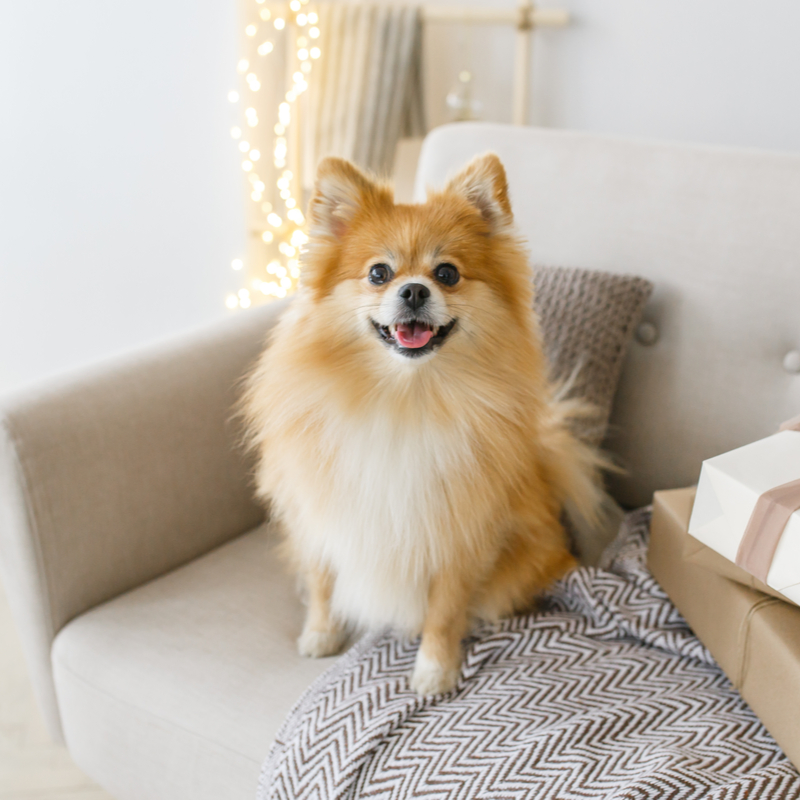
They require lots of training to avoid excessive barking. Other than that, they make excellent companions.
-
Do Dogs Actually Like Wearing Clothes?
Are you trying to get Fluffy to wear a dress and it seems she doesn’t want to keep it on? You’ve seen a lot of other dog owners walk their dogs all dressed up and looking fab. This has probably left you confused as to whether dogs do not like to wear clothes or it’s just Fluffy. Well, the truth is that it depends on the dog. Dogs are individuals and are different from one another.
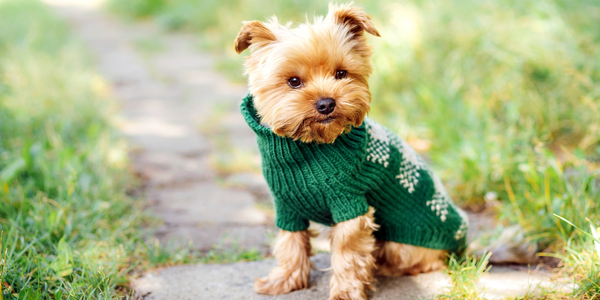
Some dogs feel better when they wear a hoodie on a cold day. An anxious dog can feel more secure in clothes. Other dogs enjoy the attention they get when they are dressed up.
However, not all dogs like to wear clothes. If you notice your dog getting stressed or upset when you dress them up, maybe it’s just not for them. But really, most dogs just need a little positive reinforcement.
You can dress up your pup when the weather is a bit chilly. This is especially if they have a thin coat and not a lot of body fat or if they are getting old. You can also dress them up to take photos or for special occasions like Halloween.
You can decide to spice things up by throwing in some accessories like sunglasses and scarves.
Be careful when dressing up your furry friend. Their comfort is your priority. Make sure to check their body language. They’ll generally show signs of unhappiness if they don’t want to wear the clothes or if they are uncomfortable.
You should avoid clothes or costumes that extend to your pup’s feet or involve footwears. Most dogs really don’t like anything on their feet.
If you have a pup, it helps to dress them up while they’re still young. This way they get used to dressing up and don’t mind it as much when they are older. -
Build Your Pet’s Intelligence; 4 Ways!
Dogs are naturally intelligent creatures. They have a base level of intellectual ability that develops over time. This is why it is possible to get your pup to learn new words, understand hand signals, and obey new commands.
Just like humans, a dog’s intelligence can be improved with education and training. Smart dogs are the ones who are so well trained that most of their actions become second nature.
So, if you want to get your pooch’s IQ even higher, here are four tips that can help:
- Start Training Early
Starting to train your pup early in life is an almost certain guarantee of impressive results.
Remember that it isn’t a military camp, so you’re looking to keep it fun and informal. Bits of training spread over the course of the day are advised.
Training daily or as often as possible is a great idea too. This is because frequent handling would make your pup adjust to the idea of accepting changes.
Also, he would be more inclined to learn new commands. Similarly, if your pooch is older, you could try too. It’s really never too late to start.
- Use the Power of Association
Pups typically understand certain words that imply pleasure for them even without you consciously training.
They would typically cock their ears in your direction when they hear words like ‘treat’, ‘walk’, or ‘toy’ because they derive pleasure from these things.
You can teach your dog to link words to actions or activities by applying the same technique. The use of positive reinforcement in training is a great way to expand your pup’s vocabulary.
Daisy would easily respond to words and signals based on the anticipated reward of treats.
- Constantly Stimulate Their Intelligence
One practical way to stimulate your pup’s intelligence constantly is with the use of food. Pups love food, so why not make them work for it?
You can opt for food bowls that require his intelligence to figure out how to eat. This would aid mental stimulation significantly.
Also, you could set up a treasure hunt with kibble as the reward, or hide treats and let him sniff it out with all the barriers in the way.
You could also help make use of food-dispensing toys. Practicing any of these on a daily basis would keep your pooch entertained and their brains in top shape.
- Use Lots of Hand Signals
By their nature, dogs are more biased to visual cues and seem more inclined to understanding them. For instance, pointing in the direction of an object or toy almost guarantees that your pup would pick it up.
In addition to voice commands, include hand signals as well. A combination of these two would make for the powerful force that makes your dog respond fast and excitedly.
Dogs are also able to note the tone of voice, so keep this in mind when you embark on your training.
